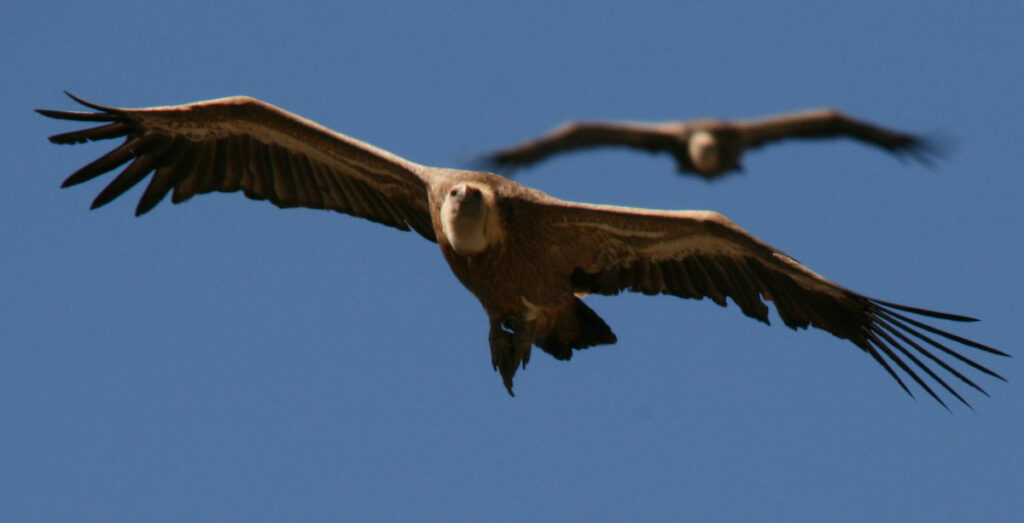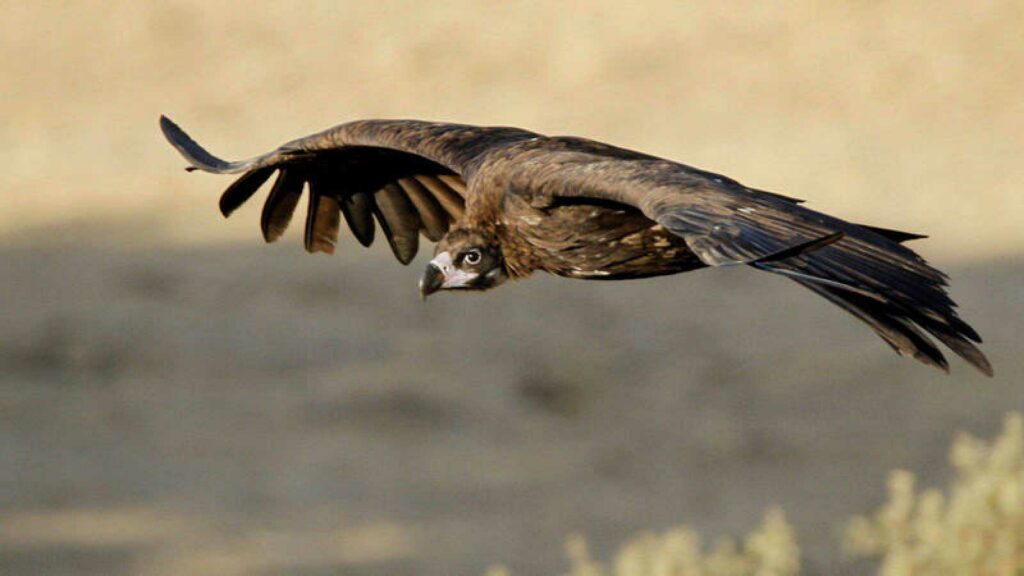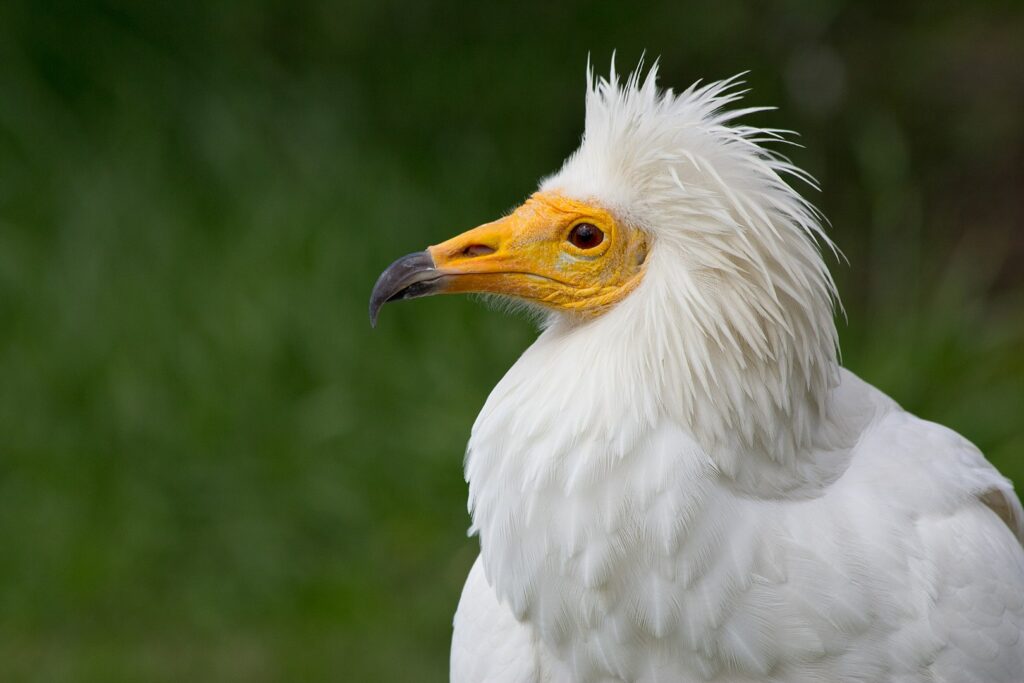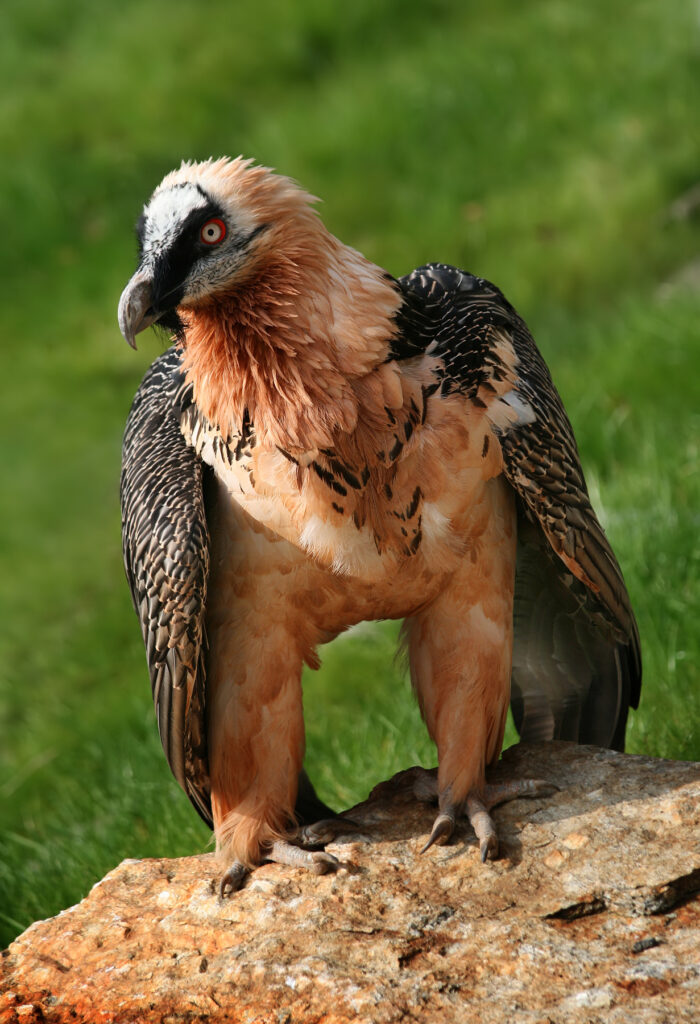The word vulture sounds bad to us, especially if it is applied to people, but these animals are fascinating and essential for the ecosystem
The word “vulture” has negative connotations in colloquial speech, stemming from the birds’ association with opportunity and exploration. For example, the term “vulture” is used to describe individuals or entities who take advantage of the weakness, misfortune or vulnerability of others, as in the case of “financial vultures” or “war vultures”, who benefit from crisis situations or conflict .
However, these associations do these animals little justice. Vultures play a key role in the ecosystem and are essential for maintaining the natural balance. They contribute to the disposal of dead animals, which helps to prevent the spread of disease and decrease the proliferation of insects and parasites. Furthermore, their presence can be an indicator of the overall health of the ecosystem.
Vultures are majestic and fascinating birds, and Spain is one of the best places to see them in their natural habitat. The Iberian Peninsula is home to several species of vultures, namely the griffon vulture, the black vulture, the Egyptian vulture and the bearded vulture. These are the main species of the Iberian Peninsula:
griffon vulture (Gyps fulvus)

This is the most common vulture species on the Iberian Peninsula. It is characterized by its wingspan of up to 2.65 meters and its light brown plumage. Griffons are scavengers and play a crucial role in the ecosystem, consuming the carcasses of dead animals.
Photograph: scotland by camera
black vulture (Aegypius monachus)

Larger and darker than the griffon vulture, the black vulture is also a scavenger, although its diet includes animal bones and skins. Its wingspan can reach 3 meters, and its plumage is black.
Egyptian vulture (Neophron percnopterus)

Also known as the Egyptian vulture, it is the smallest of the Iberian vultures, with a wingspan of around 1.5 to 1.7 meters. Its head and neck are yellow and its plumage is predominantly white with black parts on the wings.
bearded vulture (gypaetus barbatus)

This is a rare and endangered species in the Iberian Peninsula. The bearded vulture is characterized by its wingspan of up to 2.8 meters and its peculiar diet based on bones. Its plumage varies from gray to reddish-brown and it has a long forked tail.
Where to watch vultures in Spain
These are the best places to see vultures in their natural environment in Spain. Before preparing your trip, consult the guided tours in each natural park and don’t forget your binoculars to make the most of your excursion:
- Monfragüe National Park (Extremadura): This park is one of the best places to see griffon vultures and black vultures. La Peña Falcon is a spectacular viewpoint where you can watch vultures flying over the Tagus River. It is also possible to see Egyptian vultures in this area.
- Hoces del Río Duratón (Segovia, Castilla y León): This natural park is another ideal place to observe griffon vultures. The Hermitage of San Frutos is an excellent observation point, from where hundreds of vultures can be seen flying over the impressive gorge of the Duratón River.
- Sierra de Cazorla, Segura and Las Villas Natural Park (Jaén, Andalusia): This extensive park is home to a large population of griffon vultures, as well as Egyptian vultures. The La Toba viewpoint is a recommended place to observe these birds in their natural environment. In addition, it is possible to see vultures in some areas of the park.
- Cañón del Río Lobos (Soria and Burgos, Castilla y León): This natural park is another excellent place to observe griffon vultures in their habitat. The La Galiana viewpoint is an exceptional observation point, where you can appreciate the majestic flight of these birds.
- Bardenas Reales Natural Park (Navarra): This semi-desert landscape is home to an important population of griffon vultures. The Rincón del Bú area is an ideal place to observe these birds.
- Los Alcornocales Natural Park (Cádiz and Málaga, Andalusia): Griffon vultures and black vultures can be found in this park. The Salto del Cabrero viewpoint is the perfect place to observe them in full flight.
- Ordesa y Monte Perdido National Park (Huesca, Aragón): Although best known for its spectacular mountain scenery, this park is also home to griffon vultures and Egyptian vultures. Pineta Valley and Faja de las Flores are recommended viewpoints.
Spain offers a huge number of places to spot vultures in their natural habitat and learn more about these fascinating birds.
Quo Science Trips section sponsored by hyundai